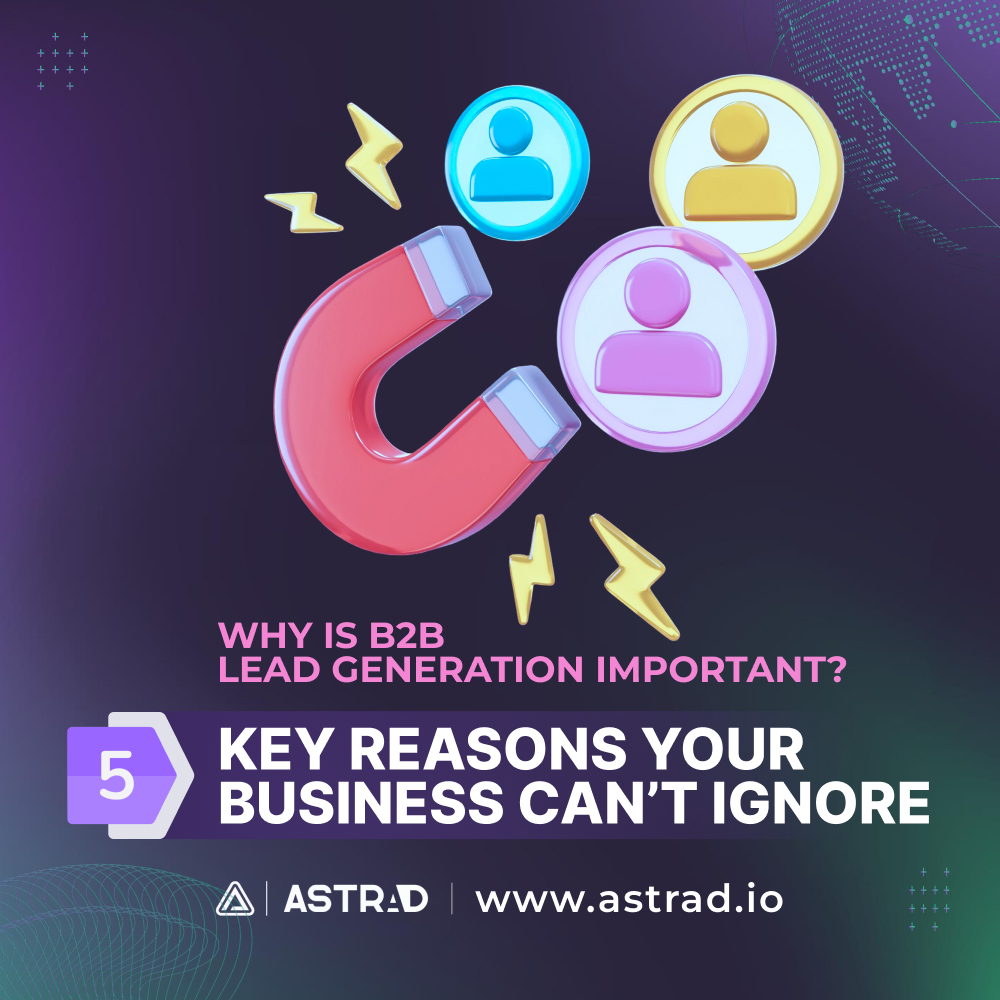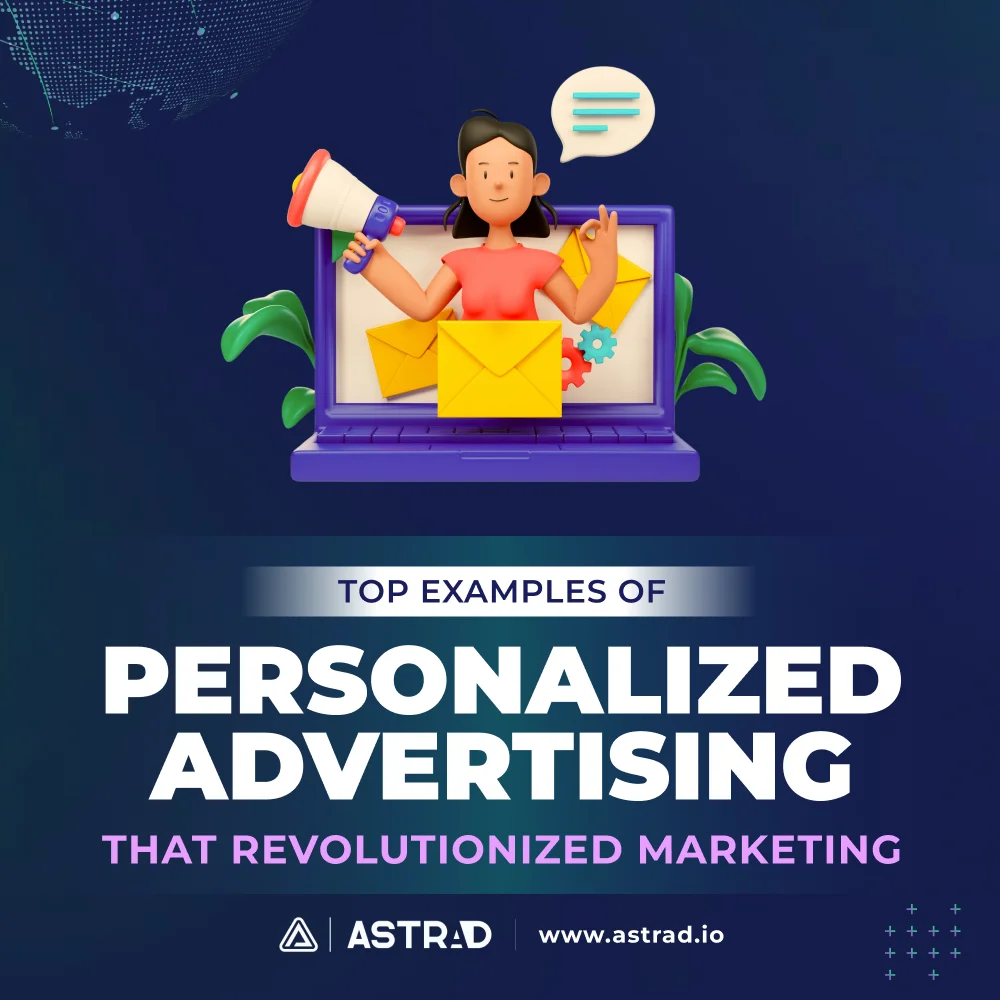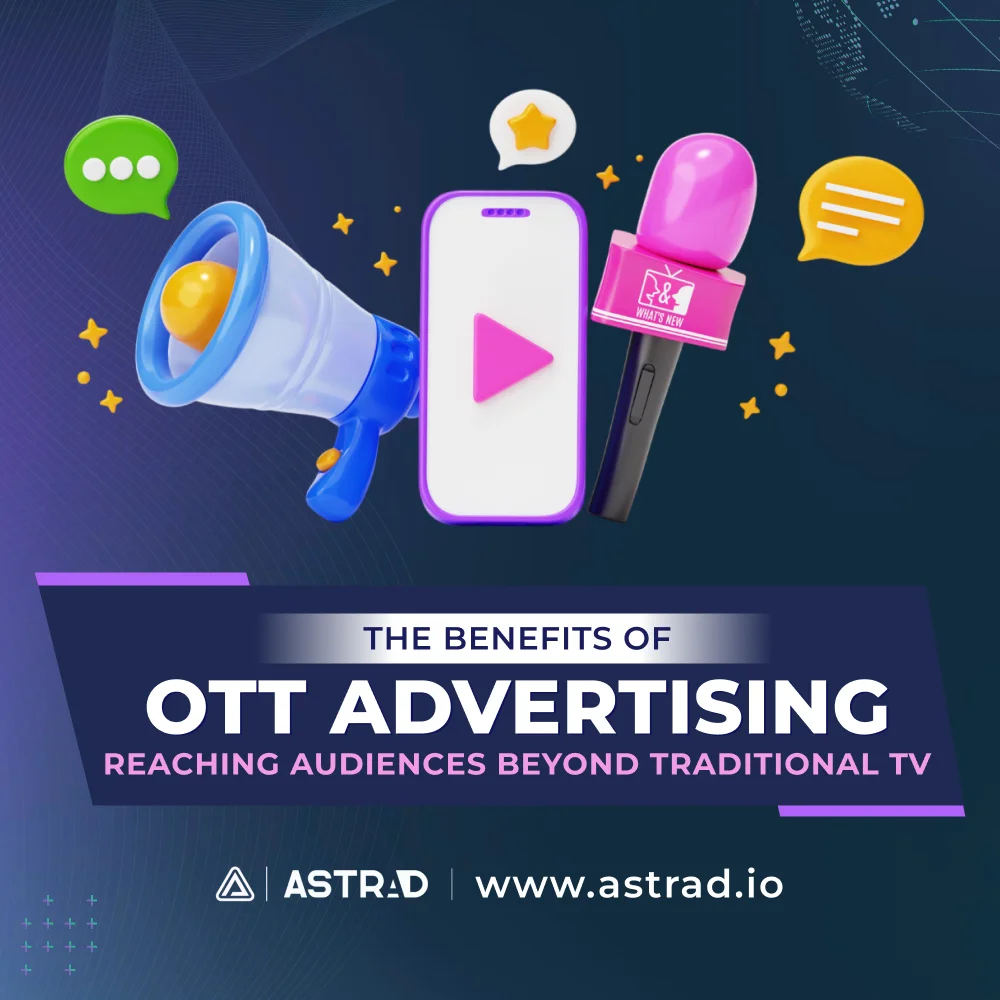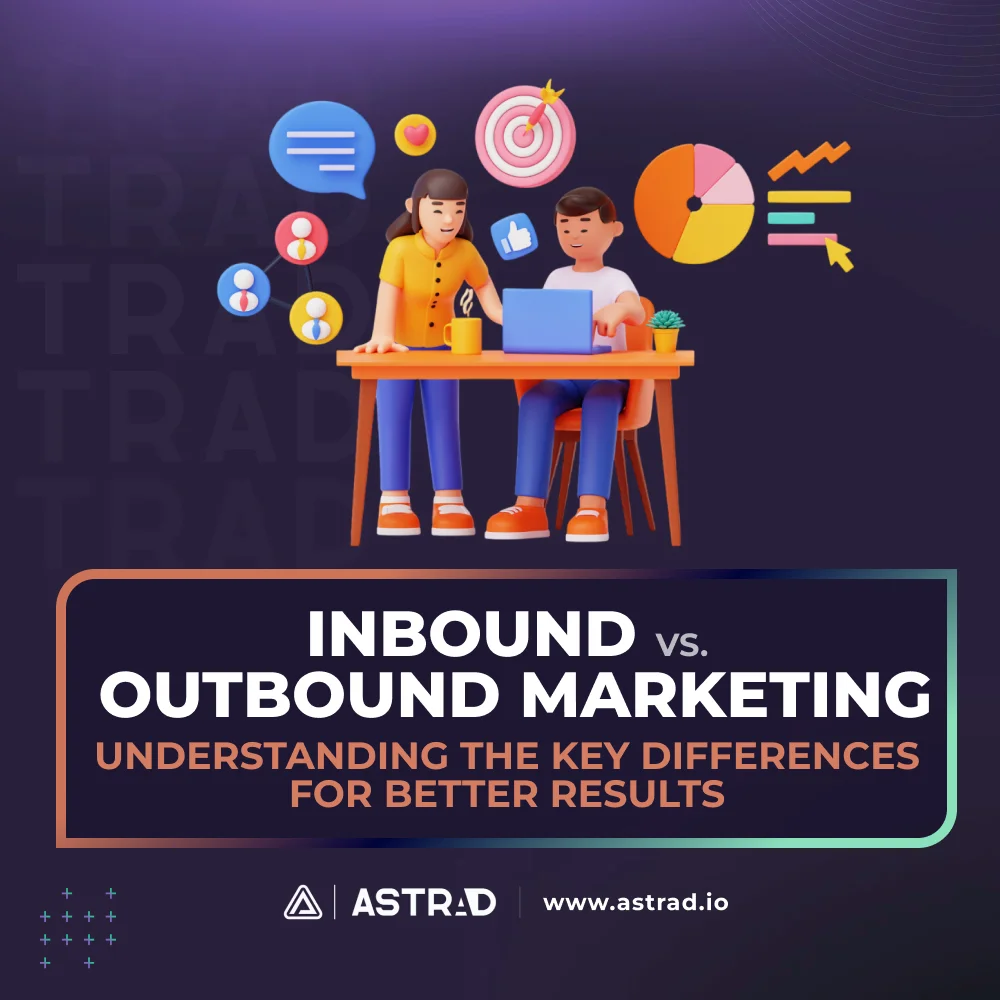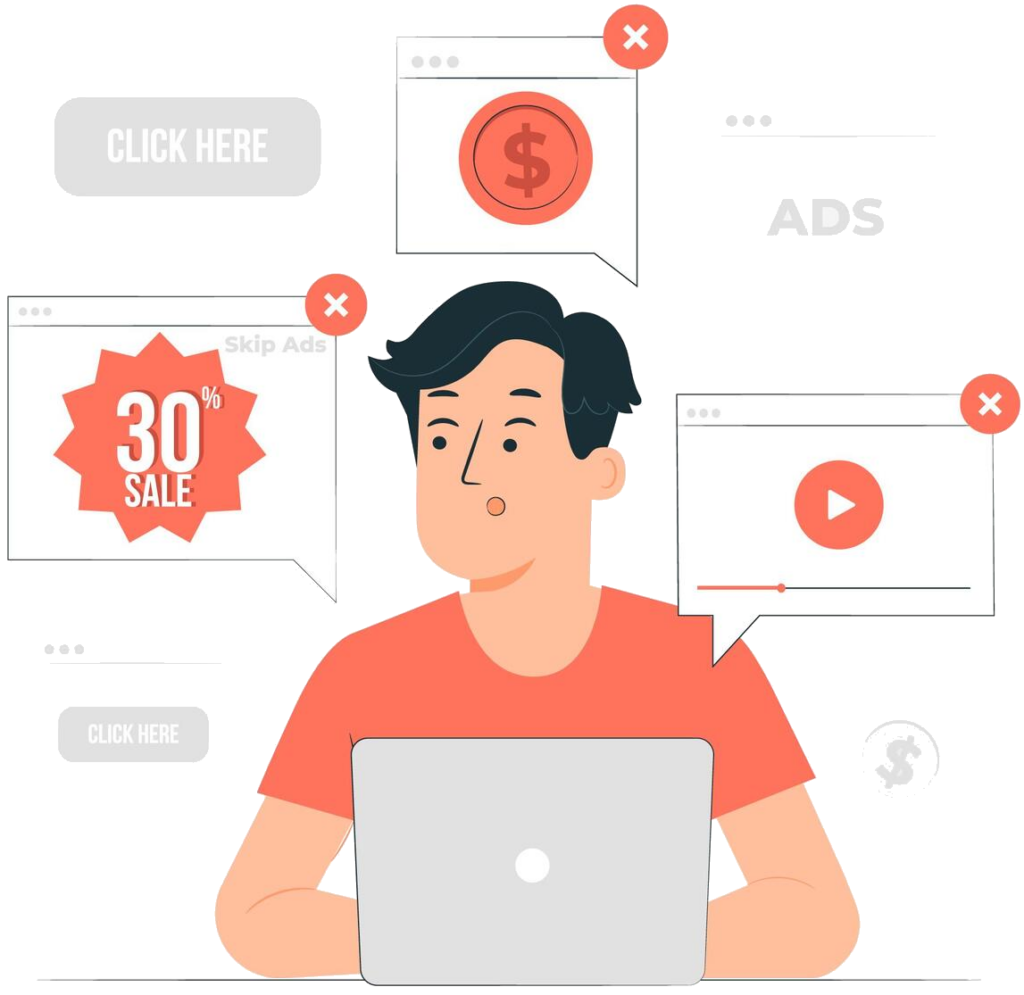Imagine this: A company with a revolutionary product struggles to grow despite having a fantastic offering. They rely on word-of-mouth, the occasional referral, and sporadic cold calls. Meanwhile, their competitors, armed with a strong B2B lead generation strategy, are closing deals left and right. Within a few years, the company, without a structured lead pipeline, falls behind, losing market share and relevance.
This scenario plays out all too often in the B2B world. Unlike B2C, where customers can make quick purchase decisions based on impulse or emotion, B2B transactions require trust, credibility, and multiple touchpoints before a deal is sealed. Companies that don’t actively generate and nurture leads are left struggling to maintain consistent revenue.
Gone are the days of random cold outreach and hoping for the best. The modern B2B landscape is all about precision—leveraging data, automation, and inbound strategies to attract high-intent buyers. The real question isn’t just why is B2B lead generation important? but how can your business master it to stay ahead of the competition?
What Is B2B Lead Generation?
B2B lead generation is the process of attracting and converting businesses into potential customers. Unlike broad marketing approaches, it is highly targeted, engaging decision-makers actively searching for solutions. This process blends inbound and outbound strategies to create a steady flow of high-quality prospects.
Inbound lead generation relies on content marketing, SEO, and webinars to draw prospects in naturally, building credibility before sales engagement. Outbound lead generation includes proactive outreach through LinkedIn prospecting, cold emails, and PPC ads to directly engage potential buyers. The best B2B strategies combine both approaches, ensuring businesses maintain a steady influx of leads while nurturing them through the sales funnel.
B2B vs. B2C Lead Generation: What’s the Difference?
B2B and B2C lead generation share similarities, but their execution is different. B2B sales cycles are longer, requiring extensive research, stakeholder approvals, and ROI evaluations before a purchase. In contrast, B2C sales are often impulsive, driven by emotional appeal and instant gratification.
The decision-making process also differs. B2B buyers prioritize data, case studies, and clear value propositions before committing. They often involve buying committees with executives, finance teams, and end-users. Meanwhile, B2C consumers make independent choices based on branding, reviews, and personal preferences.
Lead qualification is more rigorous in B2B. Businesses must focus on high-value prospects, using lead scoring and qualification frameworks to optimize their efforts. B2C lead generation, by contrast, focuses on driving volume, even if conversion rates are lower.
How B2B Lead Generation Fits Into the Sales Funnel
Every B2B lead moves through four key funnel stages:
- Awareness — The lead discovers your business via content, ads, or networking. This first touchpoint captures their attention through blogs, social media, or industry events.
- Interest — The lead engages by downloading resources, attending webinars, or subscribing to newsletters. They begin exploring how your solution aligns with their needs.
- Consideration — Decision-makers evaluate your solutions through demos, comparisons, or consultations. Trust-building efforts are critical here.
- Decision — A purchase decision is made, often requiring final approvals. Businesses that provide clear communication, strong proposals, and proof points are more likely to close deals.
Types of B2B Leads
- Marketing Qualified Leads (MQLs): These leads engage with marketing content—such as downloading a whitepaper—but aren’t ready for sales outreach. MQLs require nurturing through targeted content.
- Sales Qualified Leads (SQLs): These leads have been vetted by marketing and are ready for sales engagement. SQLs typically show higher intent, such as requesting a product demo.
- Product Qualified Leads (PQLs): These leads have used your product—such as signing up for a free trial—and have a strong likelihood of converting to paid customers. PQLs need strategic follow-ups to maximize conversions.
5 Reasons Why B2B Lead Generation Is Important
1. Drives Consistent Business Growth
Without a steady flow of leads, business growth stalls. You can’t rely only on repeat customers and referrals—they’re great, but they won’t sustain long-term expansion.
Why It Matters:
A structured B2B lead generation strategy ensures your business never runs out of new opportunities. Instead of waiting for customers to find you, you’re actively attracting the right audience, keeping revenue predictable and scalable.
Inbound vs. Outbound—Finding the Right Balance:
Inbound lead generation focuses on SEO, content marketing, and organic engagement. Outbound lead generation involves direct outreach—think emails, LinkedIn networking, and cold calling.
Example: HubSpot’s Inbound Strategy
HubSpot built a billion-dollar empire by investing in content-driven inbound marketing—blogs, free tools, and educational webinars. The result? Millions of website visitors who eventually converted into paying customers.
2. Enhances Sales Pipeline Efficiency
A high-performing B2B business doesn’t just need more leads—it needs better leads. A well-structured lead generation strategy ensures that sales teams are spending time on qualified prospects instead of chasing dead ends.
Why It Matters:
An optimized lead generation strategy shortens sales cycles by moving prospects smoothly through the funnel. Instead of wasting time on lukewarm leads, sales reps focus on high-intent buyers who are ready to make a decision.
How to Improve Lead Quality:
- Automate lead scoring to prioritize high-value prospects.
- Personalize outreach based on lead behavior and interests.
- Nurture leads with targeted follow-ups rather than generic pitches.
Example: LinkedIn Sales Navigator
Companies using LinkedIn Sales Navigator see higher close rates by targeting decision-makers with personalized engagement, making sales efforts smarter, not harder.
3. Increases Marketing ROI and Reduces Costs
Every marketing dollar needs to work harder. Inefficient lead generation leads to wasted ad spend, low conversion rates, and inflated customer acquisition costs (CAC).
Why It Matters:
A data-driven lead generation strategy ensures that your marketing budget isn’t wasted on uninterested prospects. By targeting the right audience from the start, businesses spend less while generating more revenue.
Ways to Improve Lead Generation ROI:
- Use audience segmentation to refine ad targeting.
- Optimize landing pages and CTAs for better conversions.
- Leverage retargeting ads to re-engage lost prospects.
Example: Google & LinkedIn Ads Optimization
Companies investing in precise audience segmentation and A/B testing on Google and LinkedIn ads significantly increase conversions while lowering acquisition costs.
4. Builds Brand Authority and Trust
B2B buyers don’t trust just anyone—they need proof before making a decision. Brands that provide value before asking for a sale naturally earn credibility and loyalty.
Why It Matters:
A lead generation strategy based on education, not just promotion, builds lasting relationships. Buyers are more likely to choose brands they recognize as industry leaders.
How to Build Trust Through Lead Generation:
- Publish valuable content (blogs, whitepapers, and reports).
- Host webinars and industry-specific events.
- Leverage case studies and client testimonials as proof of success.
Example: Salesforce’s Thought Leadership Strategy
Salesforce dominates the B2B space by offering free, in-depth industry reports and customer success stories, reinforcing its reputation as a leader in CRM solutions.
5. Enables Business Scalability
Scaling a B2B business without a solid lead generation strategy is like trying to fill a pool with a leaky hose—it’s slow, frustrating, and inefficient.
Why It Matters:
To grow beyond word-of-mouth and random inquiries, businesses need repeatable, scalable lead generation systems that automate outreach, identify high-value opportunities, and expand into new markets.
How to Scale Lead Generation Effectively:
- Automate lead acquisition with CRM and AI-powered tools.
- Expand into new regions using multi-channel marketing.
- Implement referral and partnership programs to generate inbound leads.
Example: A B2B SaaS Startup’s Global Expansion
A fast-growing SaaS startup leveraged automated lead gen tools, LinkedIn outreach, and email campaigns to scale beyond local markets, establishing an international presence in under two years.
Why B2B Lead Generation Is Essential for Long-Term Success
To stay ahead in today’s fast-moving B2B world, businesses can’t just wait for customers to show up. Lead generation is the fuel that keeps growth steady. Without it, you’re stuck relying on sporadic referrals and hope—not exactly a winning strategy.
A steady stream of qualified leads keeps your sales team focused on real opportunities and makes marketing more efficient by targeting the right prospects. But it’s not just about numbers; lead generation builds trust. Buyers don’t want a hard sell—they want value. By consistently offering insights and solutions, you position your brand as the go-to expert.
And when it comes to scaling, a strong lead gen system makes expansion seamless. With automated, data-driven strategies, you can tap into new markets and grow without overloading your team.
The bottom line? Companies that master lead generation don’t just stay in the game—they lead it. So the question isn’t should you invest in lead generation, but how fast can you start?

